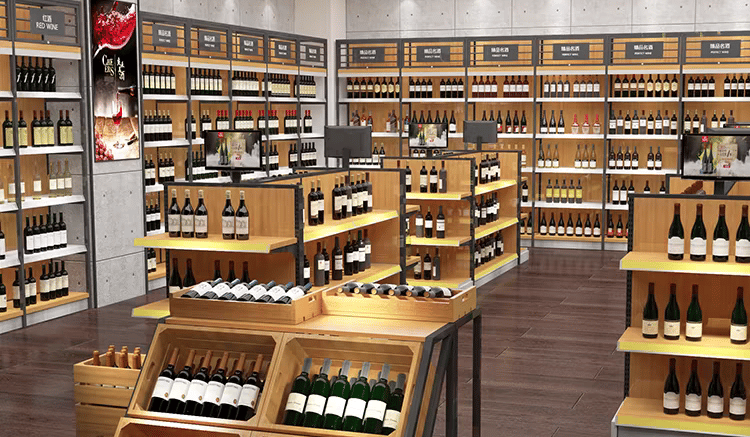What materials are popular in shop fitting design right now?
When we decorate a store, we should not only consider the style but also the decoration materials. This will ensure that customers can shop comfortably and attractively.
9/7/20242 min read


In contemporary shop fitting design, the choice of materials plays a crucial role in setting the tone and enhancing the overall shopping experience. Here are some popular materials currently trending in shop fitting design:
1. Sustainable Materials: As people pay more and more attention to sustainability, environmentally friendly materials are becoming more and more popular in store decoration design.
Reclaimed Wood: Natural wood finishes are popular for creating a warm and inviting atmosphere in retail spaces. Reclaimed wood and sustainable wood products are particularly sought after for their environmental appeal. Used for shelving, fixtures, and decor, reclaimed wood adds warmth and character while promoting sustainability.
Bamboo: A fast-growing renewable resource, bamboo is not only eco-friendly but also strong and versatile for various applications.
Recycled Metals: Using recycled aluminum or steel for fixtures and fittings reduces environmental impact and adds an industrial touch.
2. Natural Stone
Granite and Marble: These materials are favored for countertops and display areas due to their durability and luxurious appearance.
Limestone: Often used for flooring, limestone adds elegance while being relatively easy to maintain.
3. Glass: Glass is often used in store decoration design to create an open and transparent feeling. It can be used in display cases, partitions and storefronts to showcase products and create a modern look.
Tempered Glass: Ideal for display cases and partitions, tempered glass provides a modern, sleek look while maintaining safety and durability.
Frosted or Etched Glass: These options can offer privacy while still allowing light to filter through, enhancing aesthetic appeal.
4. Metal: Industrial-style metal fixtures and fittings, such as steel frames and brass fittings, are popular for their modern and stylish aesthetic.
Stainless Steel: Known for its durability and sleek finish, stainless steel is often used in fixtures, fittings, and display units.
Powder-Coated Metals: Available in various colors, powder-coated metals allow for customization in fixtures and shelving.
5. Laminate and Veneer
High-Pressure Laminate (HPL): Used for surfaces that require a durable, easy-to-clean finish, HPL is available in various colors and textures.
Wood Veneer: Offers the appearance of solid wood at a lower cost, making it popular for cabinetry and display fixtures.
6. Fabric and Upholstery
Natural Fibers: Materials like cotton, linen, and wool are popular for soft furnishings, creating a cozy and inviting atmosphere.
Synthetic Textiles: Durable and easy to clean, synthetic materials are often used in high-traffic areas or for upholstered furniture.
7. Concrete: Raw concrete finishes are popular for their minimalist and industrial appeal. Concrete is often used for floors, countertops, and accent walls in contemporary retail spaces.
Polished Concrete: Increasingly popular for flooring and countertops, polished concrete provides a modern industrial look that is durable and easy to maintain.
Concrete Panels: Used for walls or design features, concrete panels can create a striking visual impact.
8. Acrylic and Polycarbonate
Acrylic Displays: Lightweight and versatile, acrylic is often used for signage and product displays due to its clarity and ease of fabrication.
Polycarbonate: Known for its impact resistance, polycarbonate can be used in areas where durability is essential, such as safety barriers or display cases.
9. Cork
Cork Panels: Used for wall coverings or flooring, cork is a sustainable material that offers sound insulation and a unique texture.
10. Biophilic Materials
Natural Elements: Incorporating materials like moss, stone, and wood into the design can create a connection to nature, aligning with the biophilic design trend.
Conclusion
The choice of materials in shop fitting design significantly influences the ambiance, functionality, and sustainability of a retail space. By opting for a mix of modern, sustainable, and natural materials, retailers can create an inviting and memorable shopping environment that resonates with consumers today. Keeping abreast of these material trends can help ensure your retail space remains relevant and appealing.
